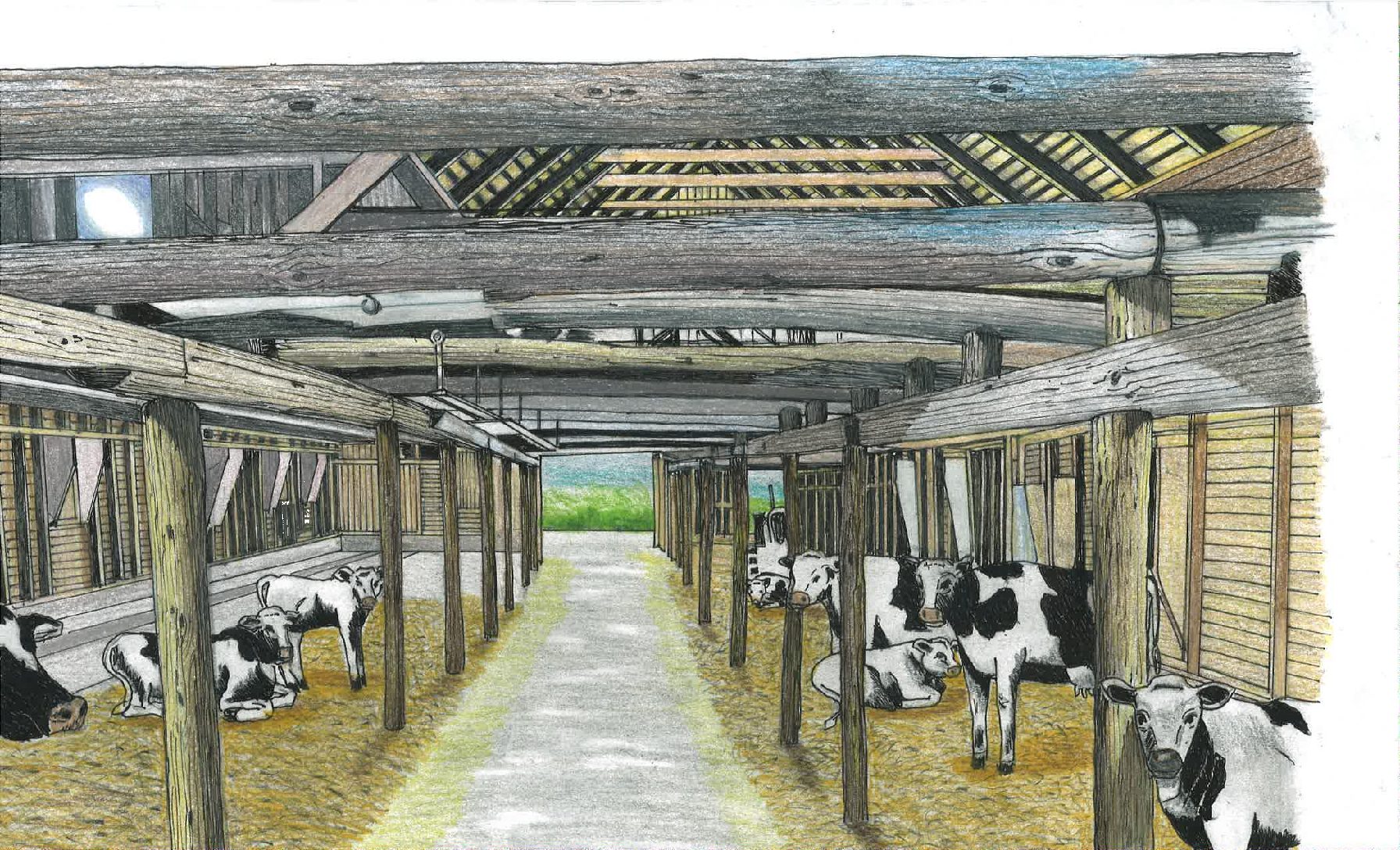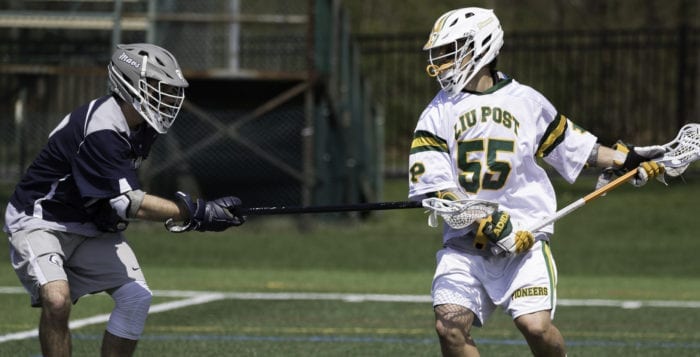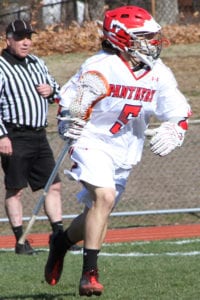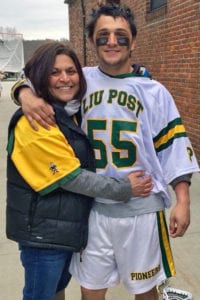After 50 years of trials and tribulations, the Commack School District is forging ahead with a plan to use the Marion Carll Farm on Commack Road for educational purposes, but some activists are not happy with the decision.
Since July, the district has been renting its barns to Long Island University. The site is expected to become the region’s first veterinarian school of medicine by September 2020.
“We expect animals to be on the site by February,” said Superintendent Donald James.
But, Cynthia Clark, a concerned citizen, who formed the Marion Carll Preserve Inc. said she has asked the New York State Attorney General’s Charities Bureau to intervene. Her goal, she said, is to acquire, restore and sustainably run the site in perpetuity according to benefactor Marion Carll’s wishes.
“For 50 years, the district has squandered this gift,” Clark said. “It’s a crime! A cultural and ethical crime.”
Clark said that she has commitments with Harbor Harvest to buy organic produce grown on the 9-acre site and can secure grants to restore all buildings. But the district unanimously chose the LIU proposal over her application earlier this year.
LIU’s proposal, according to an LIU spokesperson, met both the wishes of Marion Carll’s Last Will and Testament along with the Commack School District’s standards for financial viability. The district stated the plan will include providing valuable educational programs to the children of the district. James said that the district expects to implement a shadowing program that will provide an opportunity for students to look at career options that they might not otherwise consider. Animals on the premises will include cows, goats and chickens. The district also expects to offer lessons on beekeeping to the students.
The site is listed on the National Register of Historic Places and has not been adequately maintained. Carll’s will, granting the property to the district, stipulates maintaining the buildings as historical museums for educational purposes. Clark sounded the alarm this past summer, she said, when the property was being cleared without appropriate permits and as work commenced to replace the barn’s roof. The state Department of Education has since issued a stop work order.
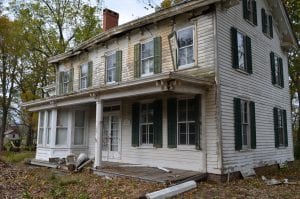
In an interview on the Marion Carll Farm, James said that he expects to have all needed permits before the year’s end. LIU’s rent of $15,000, he said, will fund the stabilization of the house and barn and be used to properly catalog and preserve the contents of the building. After that, the district said it will remove the antiques within the farmhouse while restoration occurs.
The house is not part of the lease with LIU, but the district is counting on the rental income to finance repairs. LIU, James said, has already spent $700,000 repairing the historical red barn and replacing its roof and clearing dead trees and overgrowth. The university will also cover expenses related to installing historically correct fencing, complete repairs to the barn and other buildings and lend labor to restore the historic home. Over the next 10 years, LIU is committed to spend $175,000, James said, and the district is committed to spend $350,000, which is the savings associated with LIU maintaining the entire property.
Clark, who is a preservation specialist for leather clothing and furniture, estimates that the restoration project will cost $2.5 million plus another $1.5 million to restore the furnishings in the house. The preserve, she said, applied for nonprofit 501(c)(3) status last year, but the application is still pending. She said that she’s already spent thousands of her own money on the project, but expects to be able to secure the funds she needs through grants and said in a telephone interview that she is aligned with a successful grant writer with a “100 percent track record.” She could not provide the name.
Clark’s plan was one of several options that the district considered earlier this year. The district ultimately chose the Long Island University lease, largely because of its long-term economic viability.
Long Island University’s College of Veterinary Medicine spokesperson Mary Studdert stated in an email that it has received a Letter of Reasonable Assurance from the American Veterinary Medical Association’s Council on Education (AVMA-COE) enabling LIU to immediately begin accepting applications for the fall 2020 semester. At full enrollment, the veterinary school will serve 400 students, with 100 in each graduating class and will be the first College of Veterinary Medicine in the New York Metropolitan area.
The conflict with Clark arises just years after the district was sued by the Carll heirs to revert ownership back to the Carll heirs because of the district’s failure to fulfill the will’s obligations. The district ultimately won the 2012 case in summary judgment on statute of limitation grounds, stating that the heirs were 12 years too late. Restrictions on the district’s obligations were lifted to clear title, according to board member Jarret Behar. James said that the district could now legally sell the site, if it wanted to, but said the board is committed to its preservation and use as a historical museum with educational purposes.
The house, according to the district, is structurally sound, but part of the building is still taking on rain. The main structure is covered with a rubber membrane to control leaks, but James said in an email that more leaks formed in different places and need to be fixed. The stop work order, he said, is now yet another hurdle that interferes with the district’s efforts to properly maintain the site.
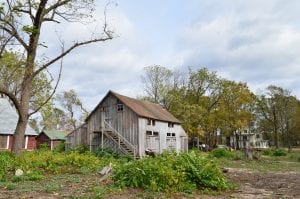
Clark said that she can reveal no details about her conversations with the attorney general’s office but said that she is hopeful.
The Carll family was one of Huntington’s earliest settlers and Marion Carll was Commack’s first teacher. She died in 1968 and willed the site to the district. The site was occupied by a Carll family member until 1993, as stipulated in the will. The district leased part of the site to BOCES from 1990 to 2000 and sought to sell the farm to developers for $750,000 in 2010, but the public referendum failed.
Over the years, different school boards have had different ideas on how to use the property. James, who grew up on a farm in Pennsylvania, said that the board is committed to doing what’s best for the district.

